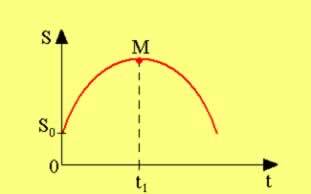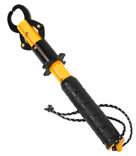When looking at the sea from the beach, it is possible to notice two different types of waves: the swells in the furthest places from the beach and the breaking waves near the shore. We also know that a mechanical wave does not carry matter, only energy. This situation, however, is not valid for ocean waves that propagate in very shallow places.
Let's take a closer look at the movement of water when a wave passes: the surface of the water at a given point rises and falls, following the wave. If we were to follow the movement of a small piece of water, we would observe that this is an ellipse. Water not only rises and falls, but also moves back and forth at the same frequency as the wave.
The movement of water in the direction of wave displacement is necessary to form wave crests and valleys. As the water does not compress, the short oscillation movement in the direction of the wave displacement generates the accumulations that form the crests and leave the valleys.
Do not stop now... There's more after the advertising ;)
The speed of waves depends on several factors. Two important factors are depth and wavelength. Waves in deep places have their velocity proportional to the square root of the wavelength. Therefore, we can say that the longer the wavelength, the greater its propagation speed. In shallower waters, the speed of wave propagation is proportional to the square root of depth.
This dependence of wave velocity with depth causes the wave to break close to the edges. A wave that comes from a deep location will slow down as it travels to a shallower location. As the frequency remains the same, the loss of velocity causes a decrease in wavelength. The decrease in speed is accompanied by an increase in amplitude.
By Domitiano Marques
Graduated in Physics
Would you like to reference this text in a school or academic work? Look:
SILVA, Domitiano Correa Marques da. "Physics and waves at sea"; Brazil School. Available in: https://brasilescola.uol.com.br/fisica/a-fisica-as-ondas-no-mar.htm. Accessed on June 27, 2021.



